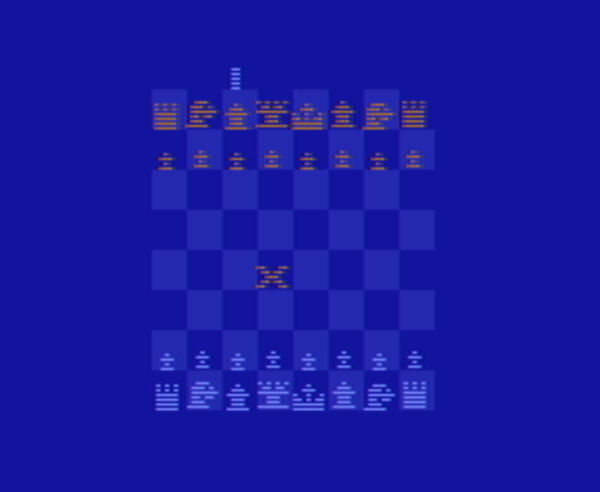The first computer to ever beat a reigning chess world champion didn’t do so until 1996 when a supercomputer built by IBM beat Garry Kasparov. But anyone who wasn’t a chess Grandmaster could have been getting beaten by chess programs as early as 1979 when Atari released one of the first ever commercially-available chess video games for the Atari 2600. The game was called Video Chess and despite some quirky gameplay it is quite impressive that it was able to run on the limited Atari hardware at all as [Oscar] demonstrates.
The first steps of getting under the hood of this program involved looking into the mapping of the pieces and the board positions in memory. After analyzing some more of the gameplay, [Oscar] discovered that the game does not use trees and nodes to make decisions, likely due to the memory limitations, but rather simulates the entire game and then analyzes it to determine the next step. When the game detects that there are not many pieces left on the board it can actually increase the amount of analysis it does in order to corner the opposing king, and has some unique algorithms in place to handle things like castling, finishing the game, and determining valid movements.
Originally it was thought that this engine couldn’t fit in the 4K of ROM or work within the 128 bytes of system memory, and that it was optimized for the system after first developing a game with some expanded capabilities. The game also has a reputation for making illegal moves in the higher difficulty settings although [Oscar] couldn’t reproduce these bugs. He also didn’t get into any of the tricks the game employed just to display all of the pieces on the screen. The AI in the Atari game was a feat for its time, but in the modern world the Stockfish open-source chess engine allows for a much more expanded gameplay experience.












